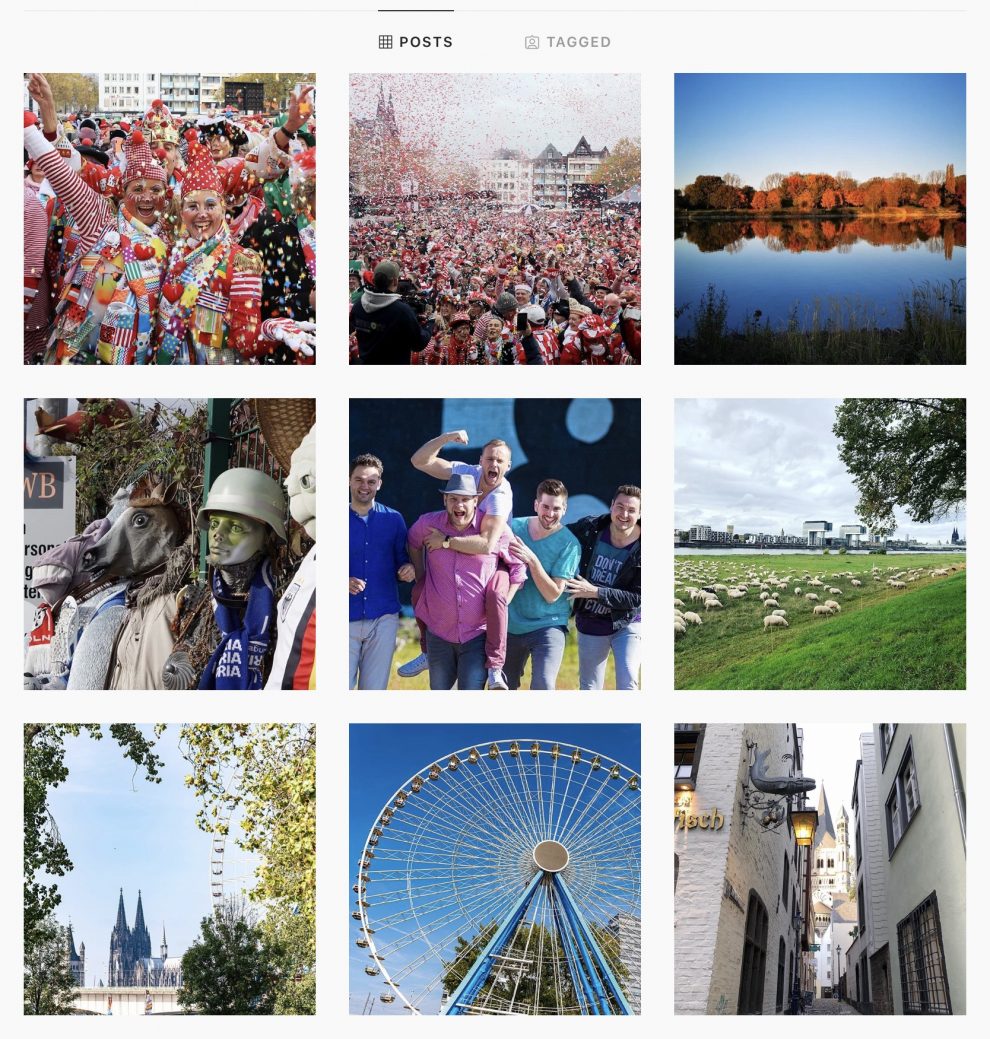
The German publisher DuMont didn’t always track loyalty among its readers. Instead, its editors did what many in the news industry do: rely on basic web analytics. They determined their top articles by number of visits, for example, and produced reports on which stories generated the most traffic.
This changed in early 2018 when DuMont set out to increase its subscriber base, an effort they stepped up while participating in Facebook’s Germany Reader Revenue Accelerator last summer. They realized that the old metrics no longer fit their needs.
“It was important to us to identify users that are loyal to our brands, assuming that they would be more likely to register for our sites and then at [some] point turn into paying subscribers,” said Fabius Klabunde, the audience intelligence manager for three of the company’s titles.
So DuMont developed a metric called “priority visitors” to drive its new approach. Priority visitors are those who visit one of DuMont’s brands at least five times in a month, at least once from within the brand’s distribution area. For Kӧlner Stadt-Anzeiger, DuMont’s daily newspaper in Cologne, for instance, this means users who visit the site once from the city’s metro area, Along with the five monthly visits. DuMont also developed a metric for loyal visitors — those who visit at least 20 times a month.
“Based on a number of academic and business studies, we know that frequency of visits — one measure of loyalty — is correlated with a propensity to buy or renew a subscription, and it drives your advertising business,” said Grzegorz Piechota, a researcher-in-residence at the International News Media Association who spoke at the Germany Reader Revenue Accelerator.
The insights that DuMont outlets have gleaned from the new analytics have influenced shifts in their editorial approaches.
“We found out that priority visitors are mainly interested in local news, and that we had a lot of priority visitors coming to us via social media,” said Izabela Koza, Kӧlner Stadt-Anzeiger’s head of premium content marketing and audience. “We focused, even more than we already did, on local content on Facebook and Instagram.”
Meanwhile, reporters like Jonah Lemm, who’s on the LGBTQ beat at Kӧlner Stadt-Anzeiger, have been able to use the analytics to strengthen the quality of their coverage to meet reader demands. “We keep in mind that we have a responsibility towards the citizens in our distribution area,” Koza continued. “All of this is related to identifying high-performing stories that resonate with readers, like political coverage or LGTBQ stories like Jonah’s.”
On the social media front, Kӧlner Stadt-Anzeiger has focused especially on Instagram to produce more lighthearted content to strengthen readers’ ties to their city. Residents of Cologne feel a deep connection to their hometown, Koza explained, and positive pictures and stories about the city help build readers’ attachment to the brand.

Focusing on retention is critical to any subscription-building strategy. “Depending on the industry, acquiring a new customer can be anywhere from five to 25 times more expensive than retaining an existing one,” said Piechota, a former Nieman Fellow. As a result, it’s important to have a strategy for retention in place even before attracting new subscribers. “You don’t want to lose customers you have just acquired. Otherwise, your business might soon get breathless — like if you tried to fill an air mattress without checking for holes.”
For example, DuMont’s outlets have developed more targeted and personalized newsletters as tools to better engage and retain readers. Kölner Stadt-Anzeiger began producing newsletters specifically about restaurants and culture in the city. Mitteldeutsche Zeitung, another DuMont title, developed hyperlocal newsletters, written by leaders of the publication’s 16 city desks and focusing on the week’s local news and events.
“It is our best option to actively create a habit among our users — the habit of opening and reading our newsletters and consuming our stories,” Koza explained.
Kӧlner Stadt-Anzeiger’s loyalty tracking has paid off. They’ve not only grown their subscriber base — they now have 15 percent more priority visitors today compared with a year ago, Koza said. These more engaged readers are prime targets for conversion to subscribers in the coming months, she said.
DuMont’s revamped strategy won’t end with measuring loyalty. The company plans to gain even deeper insights into the nuances of readers’ behavior moving forward. “There are many different expectations of users when they visit our website,” said Klabunde. “We have to understand, even more, what type of users consume which content.”
David Maas is manager of the International Center for Journalists’ IJNet, where this article was originally published.